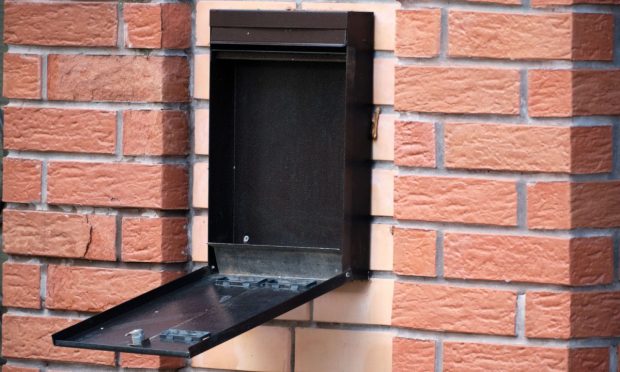FinCEN Warns of Rise in Mail-Related Check Fraud

The Financial Crimes Enforcement Network (FinCEN) is warning banks of a nationwide surge in check fraud.
“Criminals have been increasingly targeting the U.S. Mail and United States Postal Service mail carriers since the COVID-19 pandemic to commit check fraud,” the agency said in a Monday (Feb. 27) news release.
According to FinCEN, Bank Secrecy Act reporting for check fraud has risen substantially in the last three years.
In 2021, financial institutions filed more than 350,000 Suspicious Activity Reports (SARs) to FinCEN to report potential check fraud, a 23% increase from the previous year. That upswing continued into 2022, when the number of SARs related to check fraud topped 680,000.
“Criminals typically steal personal checks, business checks, tax refund checks, and checks related to government assistance programs, such as Social Security payments and unemployment benefits,” FinCEN said in the release.
But it doesn’t stop there, as some criminals continue to exploit their targets using personal identifiable information found in stolen mail for future frauds.
FinCEN’s warning follows a September notice from USPIS on the rise of “washing” — where fraudsters take those checks, change the details (payee names) and deposit them.
“In other cases, they use basic tech including copiers and scanners to make copies of the checks,” PYMNTS wrote recently. “Stealing checks from the mailbox (aka ‘mailbox fishing’) is also in favor.”
As Bank Info Security reported, Frank McKenna, chief fraud strategist at Point Predictive, estimated that check fraud will reach at least $24 billion or more this year, a 50% increase from 2018 levels.
And check fraud spans paper and digital channels. Speaking to PYMNTS last year on the latter topic, Ingo Money President and Chief Operating Officer Rusty Pickering and Chief Risk Officer Bill Roese said there’s been a rising misuse of the digital account origination and remote check deposit features.
“Everybody is originating accounts digitally,” Pickering said. “It used to be you would have to walk into a bank lobby with your driver’s license and your ID and other identity verification documentation. Now it’s all done online, and everybody’s identity is available to be stolen and used to open accounts. You’ve just got a massive amount of fraud.”
In many cases, “duplicate deposits” have proved to be a favored method of thieves — where the check is deposited digitally and in-person somewhere else.

